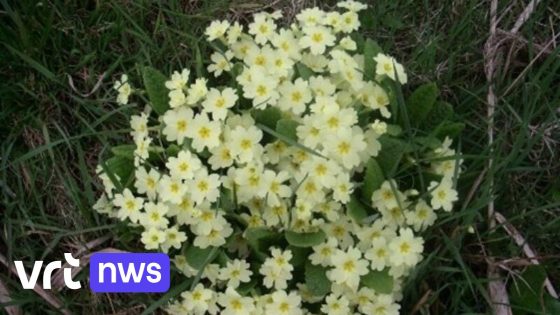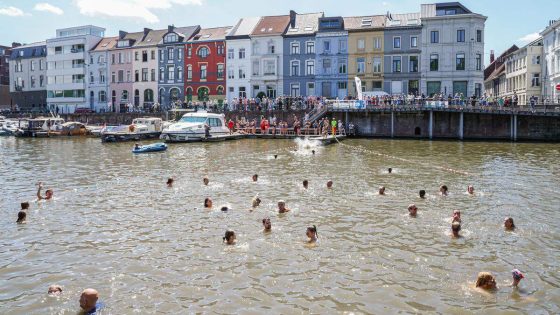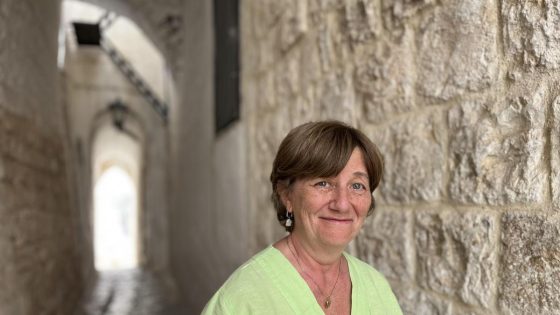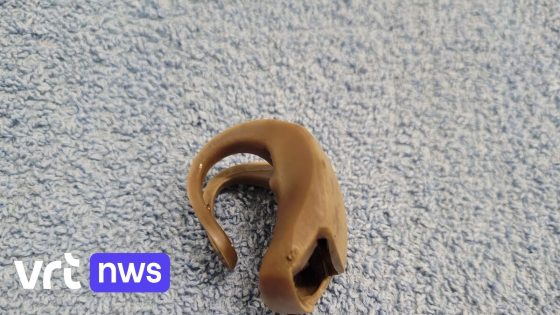The keyflower, a rare and delicate plant, is thriving on the golf course in Damme. This is remarkable since the flower has become increasingly scarce in the wild. The success story began about 15 years ago when the keyflower was planted as part of a research project.
- Sleutelbloem groeit goed op golfterrein Damme
- Sleutelbloem wordt steeds zeldzamer in natuur
- Vrije Universiteit Brussel voerde onderzoek uit
- Onderzoek onderzoekt rol golfterreinen in natuurbehoud
- Sleutelbloem werd 15 jaar geleden geplant
- Golfterreinen kunnen bijdragen aan natuurbehoud
Conducted by the Vrije Universiteit Brussel, the study aimed to explore the role golf courses could play in nature conservation. On 2025-07-24 11:41:00, the latest observations confirmed the keyflower’s healthy growth on this green terrain.
Could golf courses across Belgium become unexpected havens for endangered flora? The Damme example certainly invites US to rethink how recreational spaces contribute to biodiversity.
Why does the keyflower flourish here while disappearing elsewhere? This raises important questions about land use and environmental stewardship in Belgium. The Damme case highlights:
- The potential of managed green spaces to sustain endangered species
- The value of scientific research in guiding conservation efforts
- How recreational areas can complement natural habitats
As awareness grows, could more golf courses and parks adopt similar conservation initiatives? Supporting such projects can help safeguard Belgium’s natural heritage for future generations.































